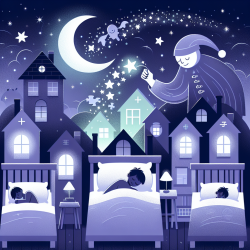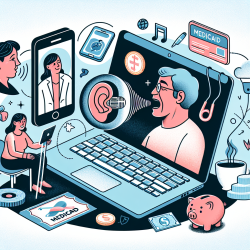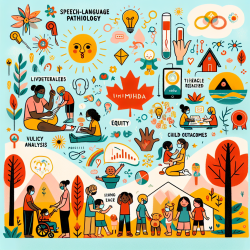Understanding Night Wakings in Children with Autism
Children with Autism Spectrum Disorder (ASD) often face challenges beyond the social and communication difficulties typically associated with the condition. One of the most prevalent yet often overlooked issues is sleep disturbance, particularly night wakings. According to a recent research article titled A Practice Pathway for the Treatment of Night Wakings in Children with Autism Spectrum Disorder, night wakings are a significant concern that impacts not only the child but the entire family.
The Impact of Night Wakings
Night wakings in children with ASD can lead to a cascade of negative effects. These disruptions are associated with increased irritability, hyperactivity, and daytime behavioral problems. Moreover, they contribute to shorter sleep durations, which in turn affect daily living skills, social interactions, and overall quality of life for both the child and their caregivers.
Proposed Solutions and Interventions
The research conducted by the Autism Treatment Network/Autism Intervention Research Network on Physical Health (ATN/AIR-P) Sleep Committee suggests a multi-faceted approach to address these issues. The updated practice pathway emphasizes:
- Screening: Regular screening for sleep problems should be integrated into routine check-ups for children with ASD.
- Medical Evaluation: Identifying and managing medical conditions that could contribute to sleep disturbances, such as obstructive sleep apnea or gastroesophageal reflux.
- Behavioral Interventions: Implementing educational and behavioral strategies to improve sleep hygiene and establish consistent sleep routines.
- Pharmacological Approaches: In cases where behavioral interventions are insufficient, medications like melatonin may be considered, though their effectiveness can vary.
Encouraging Further Research
While the updated practice pathway provides a structured approach to managing night wakings, the research highlights the need for further studies. Specifically, there is a call for more randomized controlled trials to better understand the efficacy of different treatments and to refine the definitions and measurements of night wakings in children with ASD.
Conclusion
Addressing night wakings in children with ASD is crucial for improving their overall well-being and that of their families. By implementing the strategies outlined in the updated practice pathway, practitioners can make significant strides in managing these sleep disturbances. However, continued research and adaptation of these guidelines are essential to meet the evolving needs of this population.
For practitioners looking to deepen their understanding and improve their practice, the original research paper offers a comprehensive review and can be accessed here: A Practice Pathway for the Treatment of Night Wakings in Children with Autism Spectrum Disorder.










